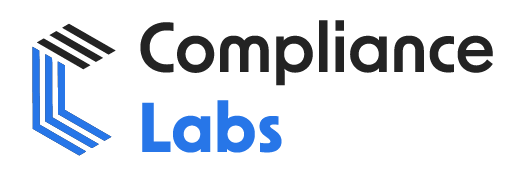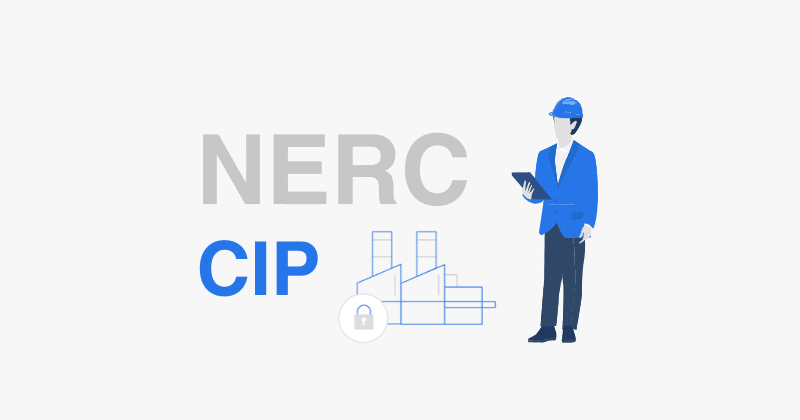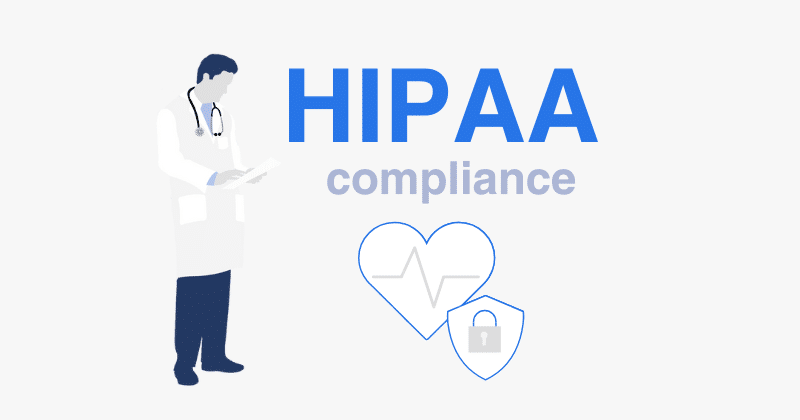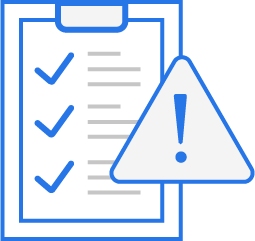Let’s face it: software development today is a high-speed race. Continuous Integration/Continuous Deployment (CI/CD) pipelines fuel a dynamic ecosystem, resulting in fantastic agility that enables innovation. But like driving a fast car, speed comes with risks. These CI/CD pipelines, while essential, have become prime targets for cybercriminals, especially within the software supply chain. Recent reports show a dramatic rise in supply chain attacks, and this isn’t a problem that organizations can ignore. We need a proactive approach that manages risks throughout the entire Software Development Lifecycle (SDLC). That’s where the National Institute of Standards and Technology’s (NIST) Secure Software Development Framework (SSDF) comes in, like a well-engineered safety system. By integrating the SSDF into your DevSecOps Pipeline, you’re not just adding security – you’re building a stronger, more secure foundation for your software. It’s about enhancing your ability to address vulnerabilities and boosting your overall resilience to threats.
Why Compliance Isn’t the Finish Line: Protecting Against Cyber Threats
Understanding the DevSecOps Security Challenge
Think of DevSecOps as a team sport – development, security, and operations working together in a synchronized manner to speed up the software lifecycle. The CI/CD pipeline is the workhorse, taking your source code through a series of critical steps, including building, testing, packaging, and deployment. This is where things can get tricky; these pipelines can become attack vectors for malicious actors. A software supply chain attack often starts in the development phase, and any vulnerabilities introduced here can have a cascading impact. The interconnected nature of the modern supply chain makes these types of attacks widespread and devastating, much like a single bad ingredient contaminating an entire meal. Remember the Okta in 2023? That’s a stark reminder of how a single point of compromise can impact many organizations.
As organizations increasingly rely on complex, interconnected cloud-native applications, security has to be an integral part of the process. We can’t keep treating it as an afterthought! To prevent these kinds of attacks, integrating a security framework like NIST’s SSDF is no longer optional—it’s absolutely vital.
What is the NIST Secure Software Development Framework (SSDF)?
The NIST Secure Software Development Framework (SSDF), formally detailed in NIST SP 800-218 Version 1.1, provides a set of best practices that mitigate vulnerabilities and reduce risks throughout the SDLC. It’s more than a checklist, its a framework for enhancing the security posture of software development organizations. The framework is built on four core principles:
- Prepare the Organization (PO): It’s about getting your house in order. This ensures that your people, processes, and technology are set up to support secure software development. Think of it as laying the foundation for a secure building. This includes defining security policies for developers, incorporating tools for compliance verification, and committing to regular security training.
- Protect the Software (PS): Imagine protecting your home from intruders. This principle focuses on safeguards against tampering and unauthorized acces throughout the SDLC, ensuring your code’s integrity. Examples here include implementing secure code repositories with version control and signing software using secure keys.
- Produce Well-Secured Software (PW): This is about building a strong and resilient product from the start. This phase emphasizes secure coding practices, testing, and the use of secure by default settings. This could include performing static and dynamic analysis to identify vulnerabilities before deployment, like giving your code a thorough health check.
- Respond to Vulnerabilities (RV): This involves identifying, addressing, and preventing recurring vulnerabilities. Think of it like a fire drill: you need to know how to react when things go wrong. This involves setting up strong reporting mechanisms and a vulnerability disclosure program.
The beauty of the SSDF is that it’s not a rigid, one-size-fits-all solution. Organizations can adapt its high-level recommendations to fit their specific needs and risk tolerance, so it’s flexible for different types of companies.
Why Integrate SSDF into your CI/CD Pipelines?
Integrating the SSDF into your CI/CD pipelines is like adding a security detail to your entire development process. In other words, you aren’t just bolting on security as an afterthought—rather, you’re making it an essential component of your workflow. As a result, here are some great benefits to expect:
- Early Vulnerability Detection: Indeed, just like catching a small leak before it floods the house, catching vulnerabilities early reduces your attack surface. In fact, according to NIST SP 800-218, “shifting left minimizes any technical debt that would require remediating early security flaws late in development or after the software is in production.”
- Improved Source Code Security: Fundamentally, using secure coding practices and code review workflows is like giving your code a safety check before the launch. Consequently, you ensure that vulnerabilities aren’t introduced in the first place. Moreover, the use of linters during commit operations can catch simple mistakes, similar to spell-check in a document.
- Enhanced Software Supply Chain Security: By implementing controls for third-party components and establishing provenance you can mitigate supply chain attacks. NIST SP 800-218 states the need for software producers to “provide provenance data and integrity verification mechanisms for all components of their software.”
- Automated Compliance Checks: Automated tools can make compliance less of a headache. You can use toolchain integrations and quality gates to make sure security requirements are met consistently.
- Faster and More Secure Releases: Automation helps reduce friction between development and security, like a well-oiled machine. Your team can release updates faster without sacrificing security. It’s like making regular small upgrades to the house instead of a huge and disruptive renovation.
- Improved Overall Security Posture: Essentially, it’s like training your team for a marathon. Therefore, a structured approach based on a well-established framework helps elevate the organization’s overall security. Crucially, it’s not just about reacting to attacks, but preventing them in the first place.
Implementing SSDF in Your CI/CD Pipeline: Key Strategies
You don’t have to tackle everything at once. Here are a few key areas to focus on within your CI/CD pipeline:
- Secure Build Processes (SSDF PW.6 & PO.5): Use hardened and isolated build environments. A key part of the SSDF is that builds should occur on a secure platform. Implement policy enforcement to make sure that only approved tools are used. Use digital signatures for build attestation. Capture the environment, process, materials, and artifacts attestation to provide an audit trail.
- Secure Pull and Push Operations (SSDF PS.1): Require a code review before merging commits. Enforce strong authentication using access control policies and multi-factor authentication. Specifically, NIST SP 800-218’s guideline, “Protect All Forms of Code From Unauthorized Access and Tampering (PS.1),” helps to “prevent unauthorized changes to code, both inadvertent and intentional, that could circumvent or negate the intended security characteristics of the software.” This means that, this practice ensures code integrity.Implement automated checks such as unit tests and security checks on pushed changes. Use built-in protections or external security tools to mitigate vulnerabilities in the source-code management system.
- Ensure Integrity of Evidence Generation (SSDF PS.2): Use secure software update systems with a robust policy for signing, authentication, and verification. Protect the signing operation by implementing a multi-key and threshold policy.
- Secure Code Commits (SSDF PW.5 & PW.8): se Static Application Security Testing (SAST) tools during the commit process. According to NIST SP 800-218, specifically: “Test Executable Code to Identify Vulnerabilities and Verify Compliance With Security Requirements (PW.8).” Use Dynamic Application Security Testing (DAST) tools within your CI/CD pipeline. Verify source code to eliminate vulnerabilities before release. Enumerate and evaluate open-source modules with SCA tools. Implement push protection to prevent secrets from being added to the code repositories.
- Secure CD Workflows (SSDF PW.9): Implement a secure release build process that is periodically checked for malicious code. Use secure container images which have been scanned and attested. Verify that the code that is ready to deploy is scanned for secrets. Verify dependency versions prior to merging requests. Prioritize the usage of immutable container images built from secure build environments. Leveraging Compliance Labs to Strengthen Your DevSecOps Pipeline Implementing secure DevSecOps and achieving compliance can be challenging. That’s where Compliance Labs comes in.
Future-Proofing Your DevSecOps Pipeline
The threat landscape is constantly changing. For instance, the increasing prevalence of Generative AI in the Software Development Life Cycle creates potential security risks if not implemented securely. Consequently, developers must build DevSecOps pipelines with adaptability in mind. Moreover, here are some strategies for future-proofing:
- Continuous Monitoring: Implement real-time monitoring to detect unusual activities, such as exfiltration of sensitive data and build tampering.
- Automation: Continuously seek new ways to automate processes, reduce errors, and improve security outcomes.
- Adaptive Security Policies: Be ready to update security policies to account for new threats and evolving regulations.
- Threat Intelligence: Leverage threat intelligence to proactively identify risks and prioritize security efforts.
Conclusion
Securing your DevSecOps pipeline isn’t optional, it’s a necessity. By integrating the NIST SSDF and following the guidance in this article, you minimize risks and build more secure software. It’s about marrying agility and security together. Contact Compliance Labs today for a demo and let us help you secure your journey. Let’s ensure your software is secure by design and secure by default.






